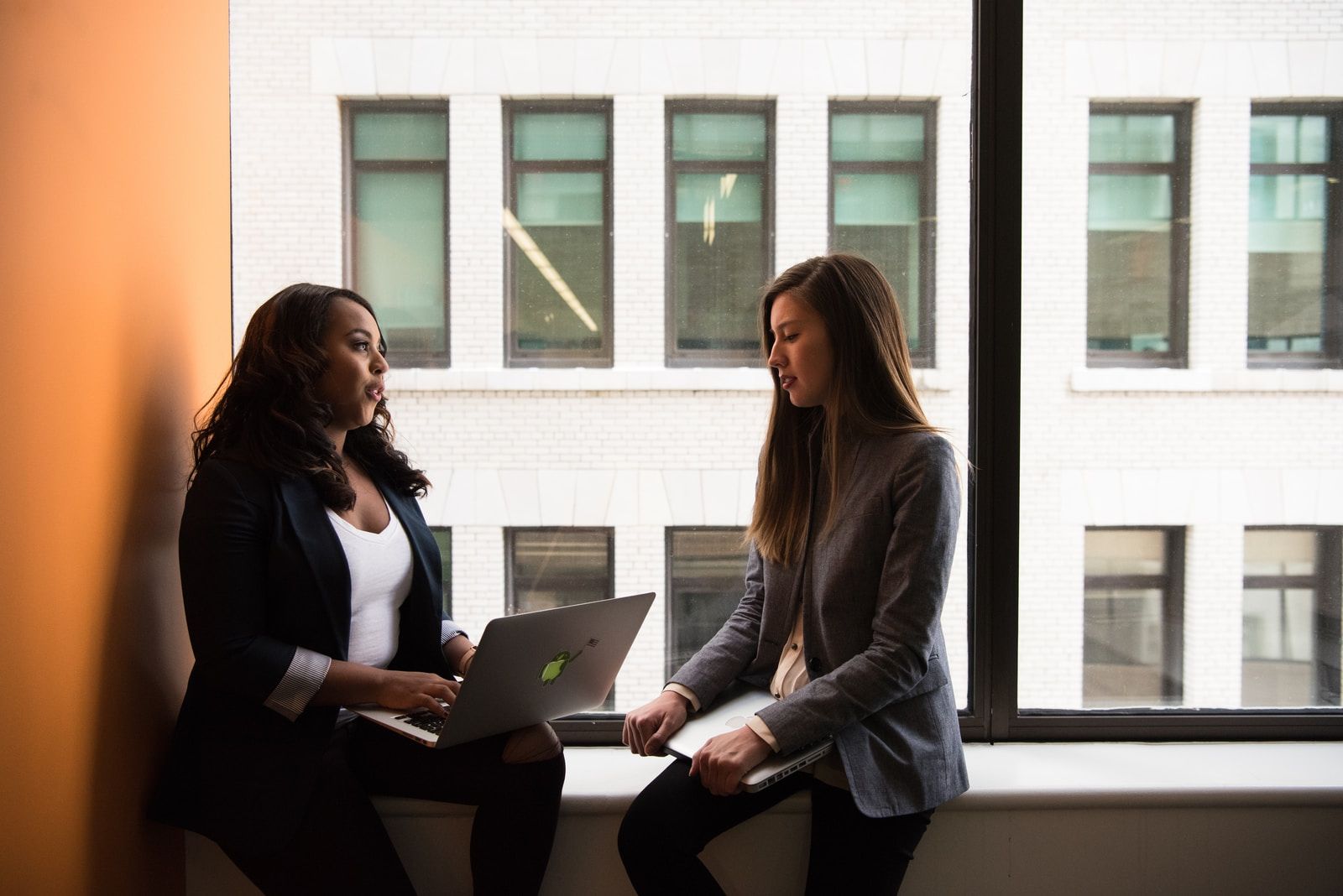How We’re Navigating Through Uncertainty at TotallyMoney

Felicity Winkley, head of people at TotallyMoney, talks about her company’s experience of navigating the downturn and leading in a crisis. As a leader of people, she reflects on lessons learnt from the early weeks of the crisis in managing a remote workforce and keeping a business going in a crisis.

Everyone around us is navigating the uncertainty around Covid-19, and unfortunately, there is not a clear end in sight. But I think our ability to weather the tempest so far can be owed in no small part to our commitment to seven principles:
1. Respond quickly to change
At TotallyMoney, we had been reviewing the developing situation for some time before the government lockdown was announced. In fact, the whole business had been remote for a week by then. We used the preceding week to test our business continuity and iron out any issues with our tooling and processes. As the situation unfolded, we communicated clearly with staff on the steps we were taking and why. Acting quickly was a source of confidence to staff.
In other areas we’ve been decisive in scaling back operations – first freezing hiring, and then having to furlough some staff. Throughout this we’ve focused on 2 things: what keeps us operationally viable, and how we can best make savings without sacrificing product development.
2. Keep senior leaders visible and authentic
Throughout the pandemic, we’ve maintained our pre-existing channels of communication between staff and senior leadership (such as our Monday newsletter, Thursday all-hands meeting etc.) and have added additional opportunities to share information, such as market updates and company forecasts.
By ramping up communication and giving employees visibility of our decision-making processes, we’ve reduced the likelihood of a staff ‘bush telegraph’ sharing potentially erroneous information. It’s also reinforced transparency and the key pillars of our culture: autonomy and accountability. The net result has been a sense that ‘we are all in this together’.
In acknowledging our staffs’ concern about what might happen (and what senior leadership thinks) and giving regular market updates, we’ve also had to get comfortable with saying ‘we don’t know’. Sometimes, when it’s true, this is the best thing to say!
3. Be flexible
To best support our workforce, we’ve tried to be as flexible and pragmatic as possible in our approach. Early on in the crisis, when many of our staff were dealing with domestic upheaval, caring responsibilities or mental health issues exacerbated by the unfolding situation, we introduced an ‘amber’ status on our HRIS and instant messaging platform, as a sensitive way of telling the business you were unlikely to be responding as quickly as usual (as well as being a useful way for business reporting purposes of capturing the number of people who were not sick, but not functioning at 100%). We’ve also encouraged staff to flex their working hours or take longer breaks in the middle of the day for shopping or exercise if this is more convenient.
4. Promote wellbeing
In addition, we’ve continued to champion employee wellbeing and have been careful to ensure that staff remain supported at this time. We’ve moved existing initiatives such as yoga on to Zoom, and have implemented new opportunities such as workshops around procrastination and building healthy routines. We are encouraging employees, particularly those who are spending the majority of their working day now on Zoom calls, to find opportunities for getting away from their desks: for example, with a walking one-to-one. We’re so committed to wellbeing that we have set an OKR for this quarter around identifying three new initiatives.
5. Make the best use of the tools you have
We were already dedicated users of Slack and there’s no doubt that this made the transition to remote life much easier. We already had the benefit of numerous product channels within our workspace to enable cross-functional collaboration and had built this into our existing daily routine. Now, with the addition of Zoom we have been able to move our daily stand-ups to video call, and the Slack integrations for both Outlook and Zoom have brought some time-saving features into daily life.
However, it’s not just the tools you have but how you use them. One of the most successful things we’ve done with Slack in the past few weeks has been to create an alternative workspace. This has allowed us to provide furloughed employees with a space in which to continue to interact with TotallyMoney colleagues in a completely non-working environment, and we moved all of our watercooler chat over to this space for this purpose. It’s also an easy way to share business updates and invitations for non-mandatory training.
6. Create new opportunities for connection
In an effort to reduce isolation amongst our remote workers, we’ve tried to develop some new, creative opportunities for connection, from moving our book club onto Zoom to setting up a digital radio station (now with 19 volunteer DJs!).
As research has demonstrated that social media can have a negative impact on wellbeing for those people who scroll and passively consume so has it been shown to have a positive impact on the feelings of those who actively contribute and connect with people that they care about, reducing stress, depression and loneliness. So we are encouraging simple photo sharing challenges and other opportunities to exchange with colleagues; and we have a daily fika (coffee break) every day at 3.00pm for anyone who wants to attend.
7. Practice empathy
Finally, throughout the last few weeks we’ve promoted empathy; and encouraged colleagues to do the same. Being physically removed from each-other, and dealing with the business pressures caused by Covid-19, it’s more important than ever to make sure that we are actively listening: giving our full attention to the person we’re interacting with in order to try and understand their perspective. In short, we’re trying to talk less and listen more. In this way, we can make better connections and help everyone step up.
